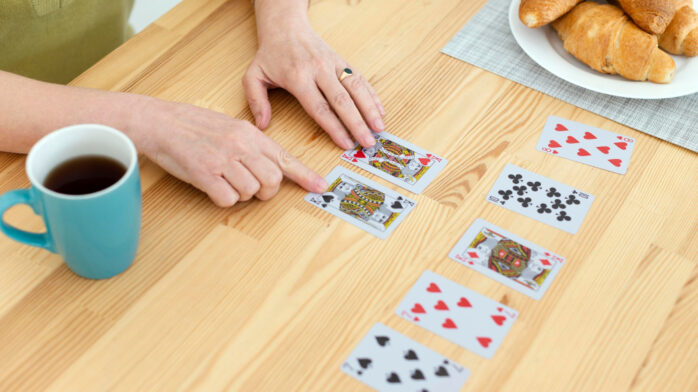
Solitaire, a game that has stood the test of time, continues to be a popular pastime for individuals seeking a mix of strategy, skill, and a bit of luck. This solitary card game, also known as Patience in some parts of the world, offers not just a way to pass the time but also a mental workout that can be both challenging and rewarding. In this article, we’ll explore the intricacies of playing Solitaire with physical cards, delving into advanced strategies and tips that can enhance your chances of winning.
Understanding the Basics
Before diving into advanced strategies, it’s crucial to have a solid grasp of the basic rules of Solitaire and Solitaire Hard. The game is typically played with a standard deck of 52 cards. The objective is to move all the cards to four foundation piles, each representing a suit, in ascending order from Ace to King. The tableau consists of seven columns of cards, with the number of cards in each column increasing from one to seven from left to right. Only the top card of each tableau pile and the cards in the waste pile are available for play at any given moment.
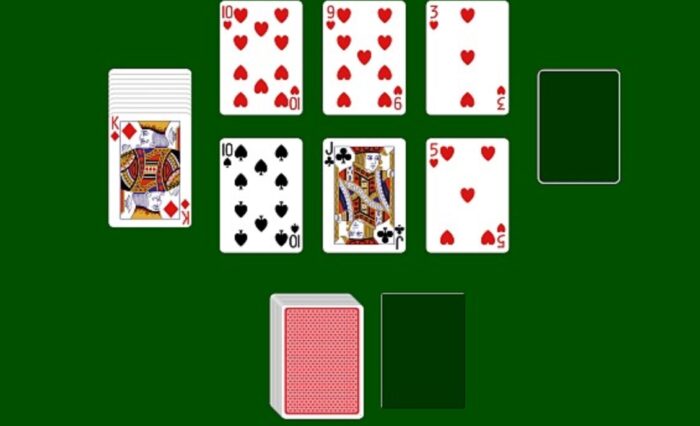
Setting Up for Success
The initial setup of the cards can significantly influence your chances of winning. When you’re setting up the tableau, pay close attention to the distribution of the cards. Even though you cannot change the order of the cards, noticing patterns or potential sequences can help you plan your moves more effectively. For instance, if you see several low-ranking cards of the same suit scattered across different tableau piles, you might prioritize uncovering and arranging these to quickly build up one of your foundation piles.
Strategic Moves
The core of Solitaire lies in making strategic decisions about which moves to make and in what order. One key principle is to always prioritize moves that uncover hidden cards in the tableau. This not only gives you more options but also increases your chances of finding the cards you need to build your sequences and foundation piles. Additionally, try to keep your options open by not rushing to make a move that might seem obvious. For example, if you have a choice between moving a card to the foundation or using it to uncover a hidden card in the tableau, consider which action might benefit you more in the long run.
Managing the Stock and Waste Piles
The stock pile, from which you draw cards when no other moves are available, and the waste pile, where drawn cards are placed if they cannot be used immediately, are crucial components of the game. Managing these effectively can make a significant difference in your game. One pro tip is to resist the temptation to use the stock pile too early or too frequently. Instead, exhaust all possible moves in the tableau before drawing from the stock pile. This approach ensures that you’re not cycling through the stock pile without making significant progress on the tableau.
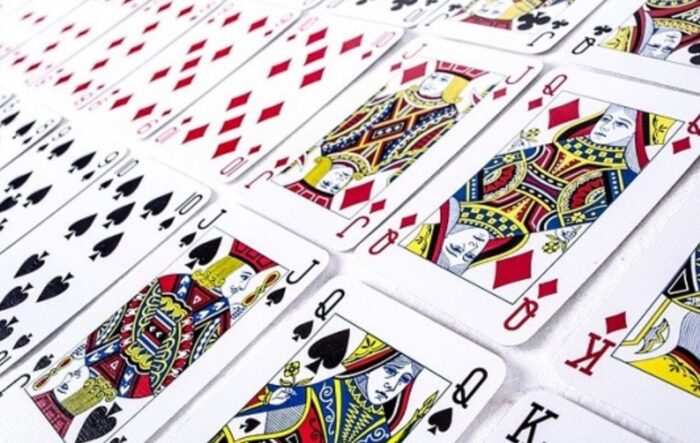
Suit and Sequence Strategies
Building sequences in the tableau is a delicate balance between following suit and rank. Whenever possible, try to build sequences by alternating colors. This not only makes it easier to move sequences as a unit but also opens up opportunities to transfer cards between columns to uncover hidden cards. Furthermore, be mindful of the availability of Kings. Since only Kings or sequences starting with a King can be placed in empty tableau spaces, having a King ready when a space becomes available can be a game-changer.
The Endgame
As you start to approach the endgame, where most of the tableau is cleared, and you’re working on completing the foundation piles, your strategy needs to shift. At this point, it’s crucial to plan several moves ahead, ensuring that every move brings you closer to placing all the cards in the foundation piles. This might involve temporarily breaking up a sequence to free a trapped card or choosing not to move a card to the foundation pile immediately if it can be used to facilitate other moves.
Flexibility and Adaptation
One of the most important skills in Solitaire is the ability to adapt your strategy based on the current state of the game. No two games of Solitaire are the same, and a tactic that worked brilliantly in one game might not be as effective in another. Stay flexible and be willing to change your approach as the game progresses. This might mean reassessing your priorities, such as switching focus from one foundation pile to another based on the cards available to you.
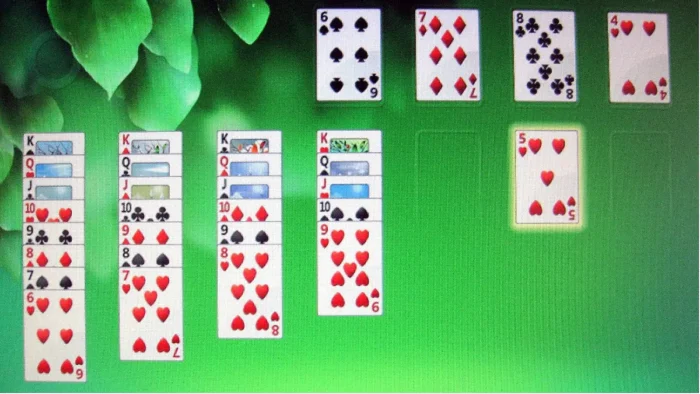
Advanced Techniques
For those looking to elevate their Solitaire game further, there are several advanced techniques to consider. One such technique is the “safe move” principle, where you only make moves that you know won’t interfere with your ability to make future moves. This requires a deep understanding of the game and the ability to anticipate how the tableau might evolve. Another advanced strategy involves deliberately leaving certain cards in the stock pile until they can be used to maximum effect, a tactic known as “stock pile management.”
Practice and Patience
Like any game of skill, becoming proficient at Solitaire requires practice. The more you play, the better you’ll become at recognizing patterns, anticipating challenges, and devising strategies to overcome them. Moreover, patience is key. Some games of Solitaire are unwinnable due to the initial setup of the cards, so don’t be discouraged by occasional losses. Instead, view each game as an opportunity to refine your skills and strategies.
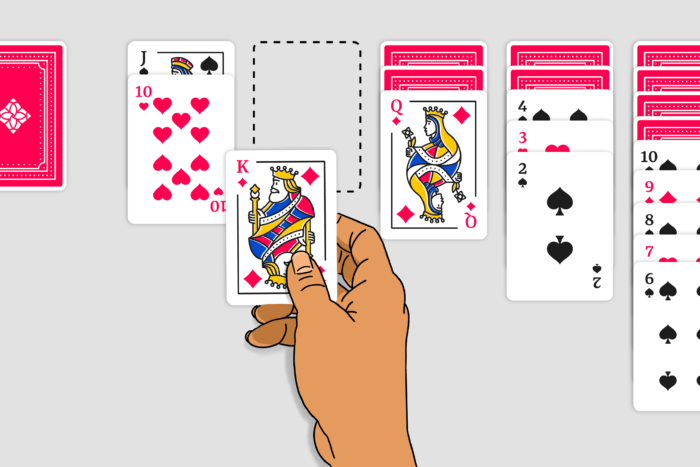
Embracing the Challenge
Solitaire is more than just a way to pass the time; it’s a puzzle that challenges your strategic thinking, planning, and adaptability. By understanding the basic principles, applying advanced strategies, and learning from each game, you can enhance your Solitaire skills and enjoy the satisfaction that comes from mastering this classic card game. Remember, the essence of Solitaire lies in the journey as much as the outcome, so embrace the challenge and enjoy the process of strategizing and solving the puzzle laid out before you with each new game.









